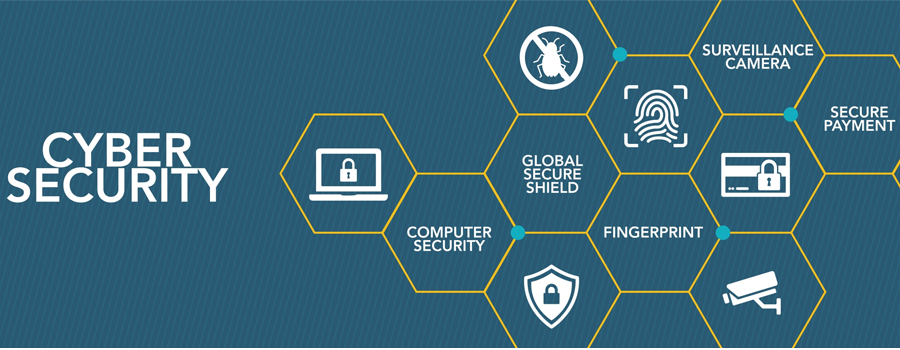
What is Node.js?
2nd September 2019
An introduction to Unity3D for easy Android game development
4th September 2019Cyber Security is the protection of internet-connected systems, including hardware, software and data, from cyberattacks. Cyber security may also be referred to as information technology security.
What Cyber Security can prevent
The purpose of cybersecurity is to help prevent cyberattacks, data breaches and identity theft and can aid in risk management. When an organization has a strong sense of network security and an effective incident response plan, it is better able to prevent and mitigate cyber-attacks. For example, end user protection defends information and guards against loss or theft while also scanning computers for malicious code.
Types of Cyber Security threats
The process of keeping up with new technologies, security trends and threat intelligence is a challenging task. However, it’s necessary in order to protect information and other assets from cyber threats, which take many forms.
- Ransomware is a type of malware that involves an attacker locking the victim’s computer system files — typically through encryption — and demanding a payment to decrypt and unlock them.
- Malware is any file or program used to harm a computer user, such as worms, computer viruses, Trojan horses and spyware.
- Social Engineering is an attack that relies on human interaction to trick users into breaking security procedures in order to gain sensitive information that is typically protected.
- Phishing is a form of fraud where fraudulent emails are sent that resemble emails from reputable sources; however, the intention of these emails is to steal sensitive data, such as credit card or login information.
Elements of Cyber Security
- Network security is the practice of securing a computer network from intruders, whether targeted attackers or opportunistic malware.
- Application security focuses on keeping software and devices free of threats. A compromised application could provide access to the data its designed to protect. Successful security begins in the design stage, well before a program or device is deployed.
- Information security protects the integrity and privacy of data, both in storage and in transit.
- Operational security includes the processes and decisions for handling and protecting data assets. The permissions users have when accessing a network and the procedures that determine how and where data may be stored or shared all fall under this umbrella.
- Disaster recovery and business continuity define how an organization responds to a cyber-security incident or any other event that causes the loss of operations or data. Disaster recovery policies dictate how the organization restores its operations and information to return to the same operating capacity as before the event. Business continuity is the plan the organization falls back on while trying to operate without certain resources.
- End-user education addresses the most unpredictable cyber-security factor: people. Anyone can accidentally introduce a virus to an otherwise secure system by failing to follow good security practices. Teaching users to delete suspicious email attachments, not plug in unidentified USB drives, and various other important lessons is vital for the security of any organization
Benefits of Cyber Security
Benefits of utilizing cybersecurity includes:
- Business protection against malware, ransomware, phishing and social engineering.
- Protection for data and networks.
- Prevention of unauthorized users.
- Improves recovery time after a breach.
- Protection for end-users.
- Improved confidence in the product for both developers and customers.





